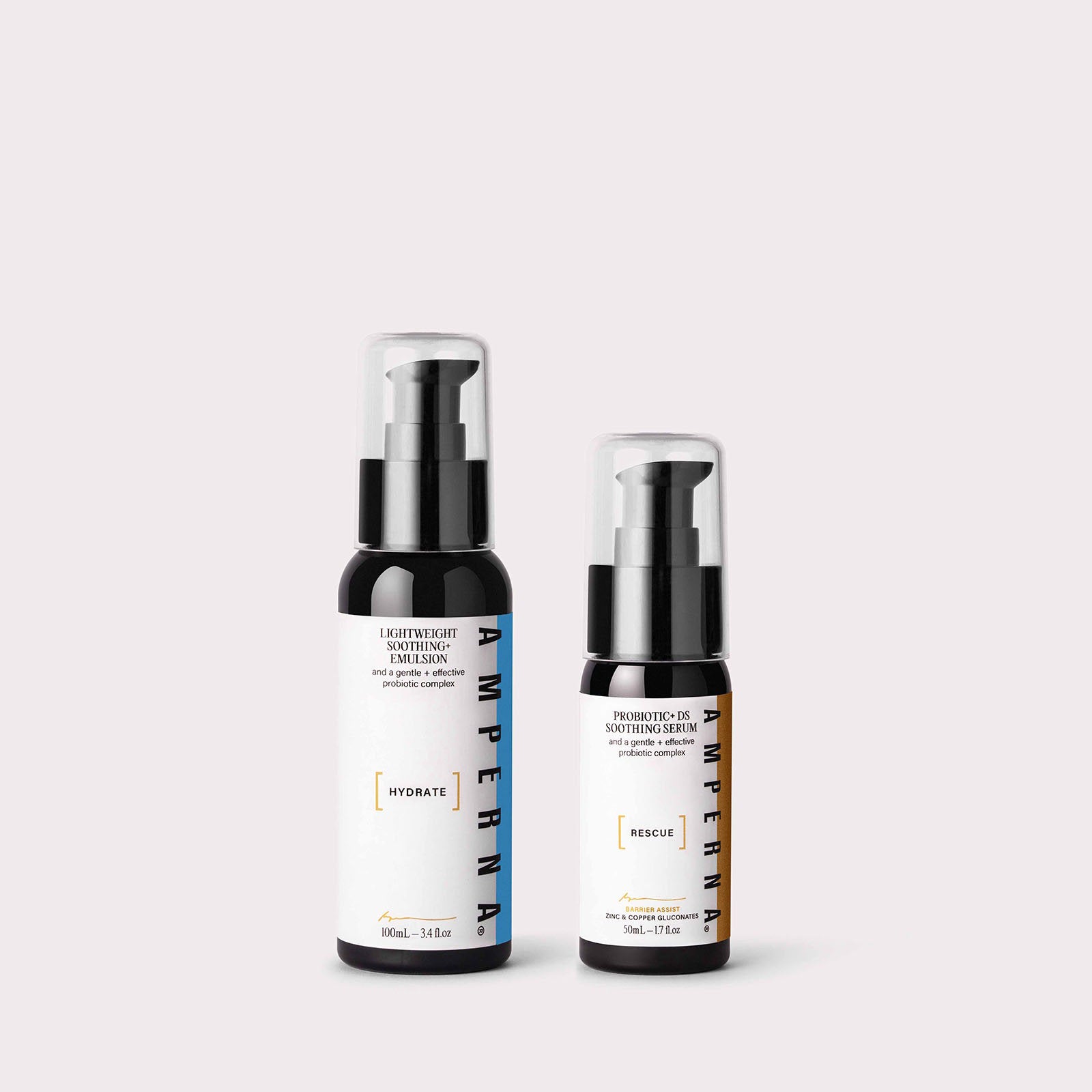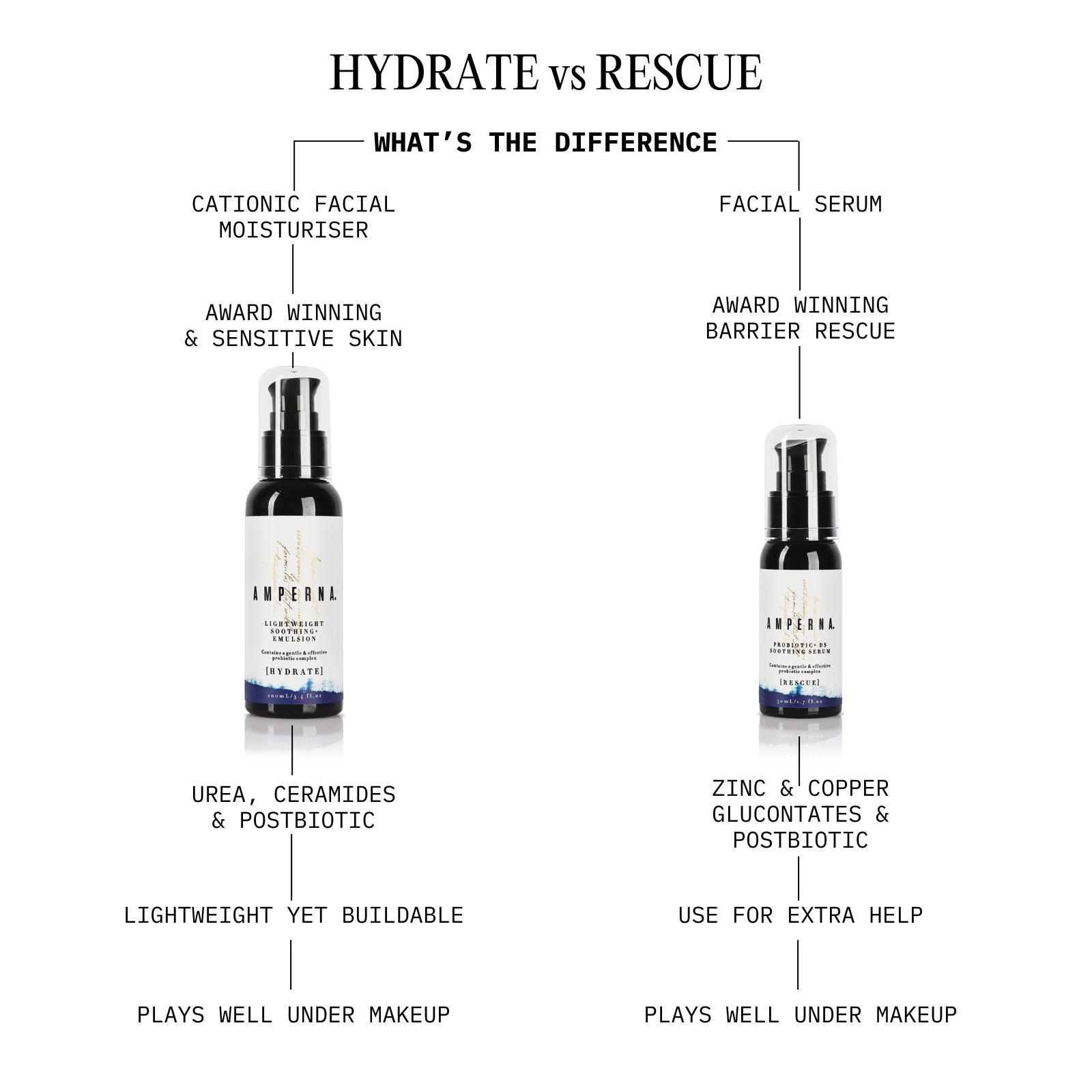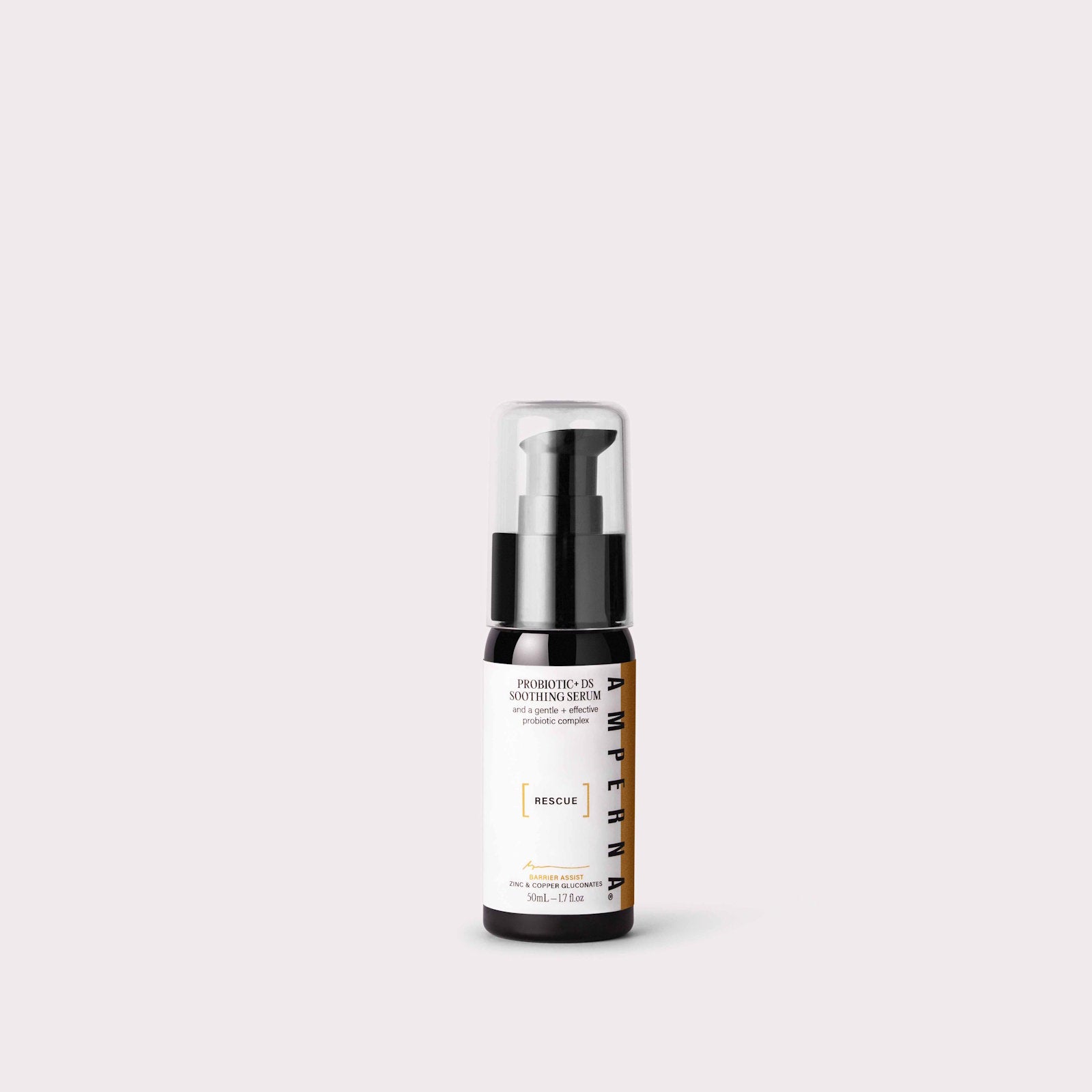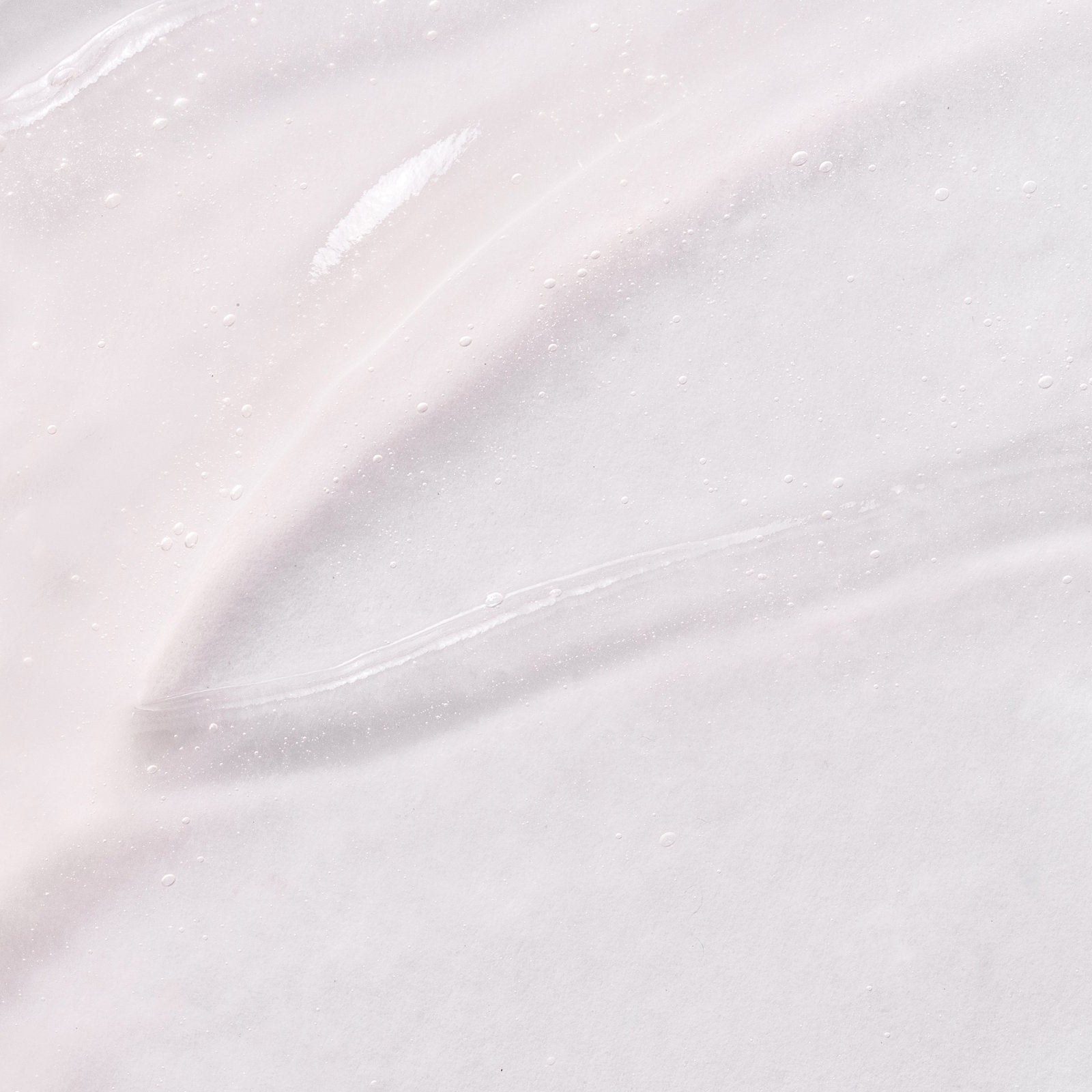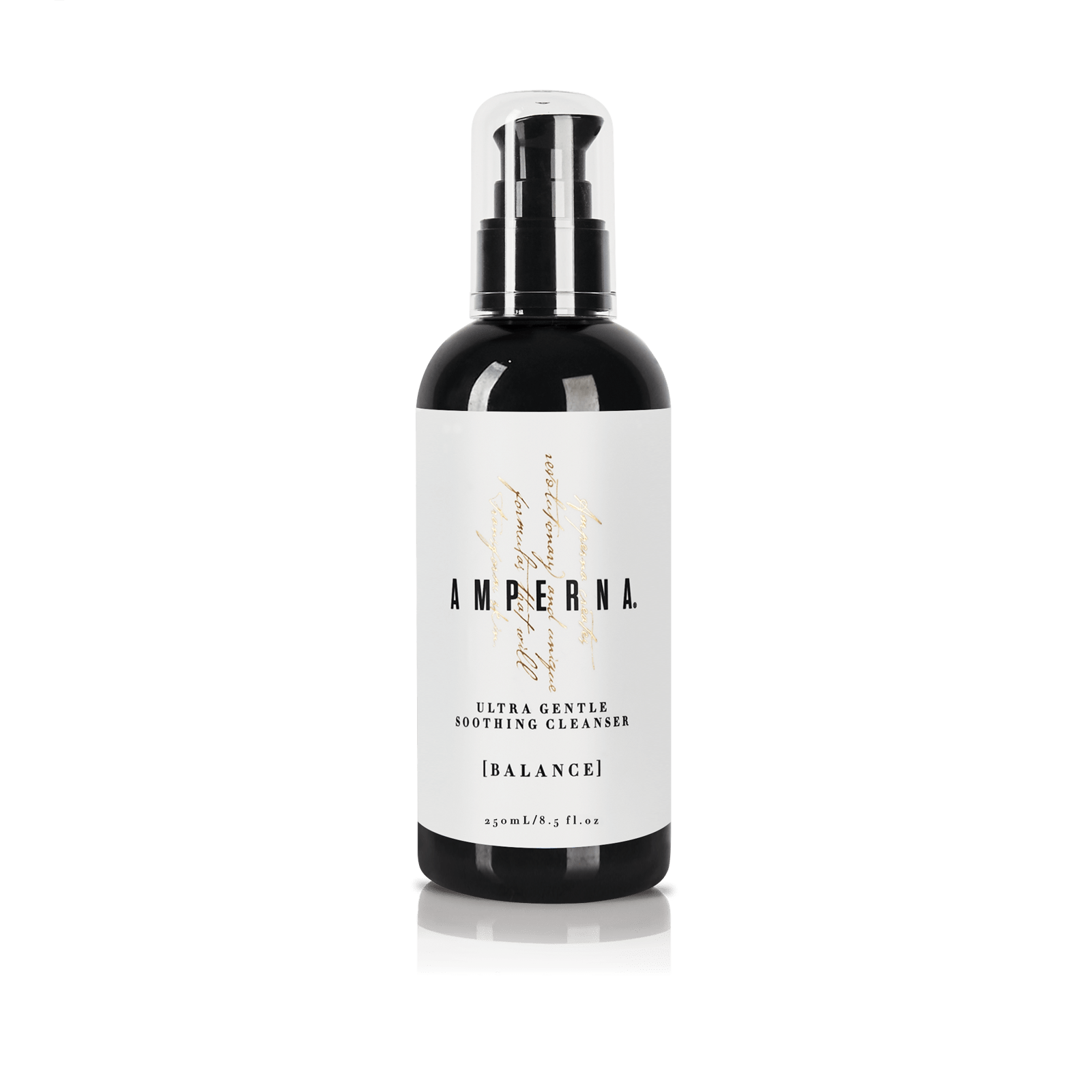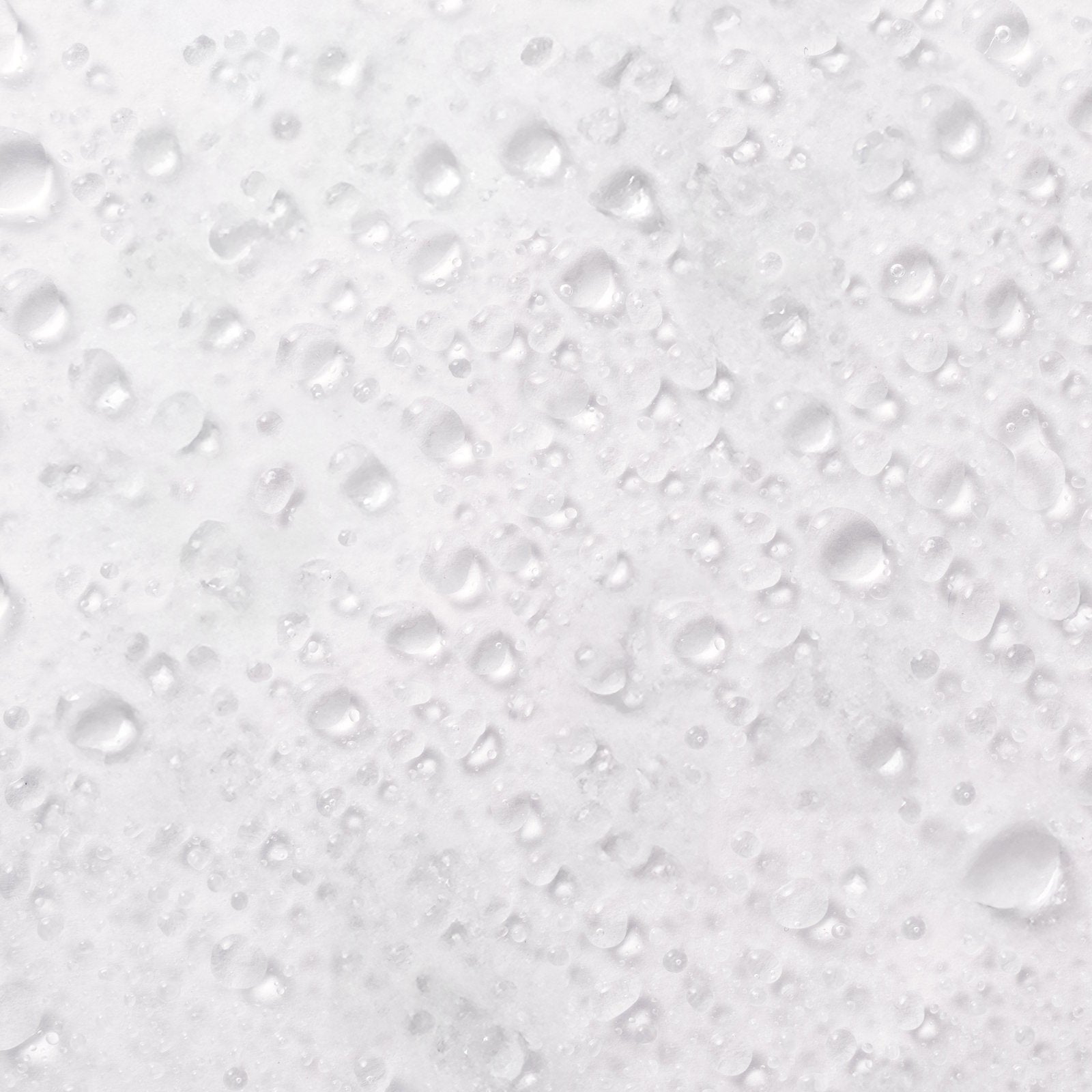Out of the people using topical steroids for their skin condition, how many end up suffering from Topical Steroid Withdrawal? That is a good question.
The exact number of people affected with TSW is challenging to determine due to various factors, such as underreporting, reluctance in the medical community and different levels of severity amongst individuals.
However, TSW awareness has gained a lot of attention in recent years and there are increasing reports, support groups and social media discussions highlighting its prevalence.
More individuals suffering from TSW are presenting their symptoms, sharing their experience and history of topical steroid use, misuse, and prolonged use.
Despite this, the dermatological community continues to debate whether TSW should be recognized as a distinct skin condition as a result of topical steroid misuse. While this continues to be debated the individual accounts offer valuable insights, but they do not provide a comprehensive representation of the statistics for the entire population using topical steroids.

In short, it is proving to be difficult to give an approximate percentage of case numbers of people suffering from TSW after using topical steroids. But what we can provide is information from medical journals, reputable websites and support groups where you can do your own research.
What do Medical Journals and Websites have to say
Steroid Withdrawal Effects Following Long-term Topical Corticosteroid Use, (Published Aug 2018)
https://www.liebertpub.com/doi/full/10.1097/DER.0000000000000387 Examines the outcomes of adult patients who believed they were experiencing TSW as a result of discontinuation of TCS overuse.
Women represented 56% of the fifty five patients seen, and ages ranged from 20 to 66 years. 76% had an original diagnosis of atopic dermatitis. 60% had used potent TCSs on the face, and 42% had a history of oral corticosteroid use for skin symptoms. Burning pain was reported in 65%; all had widespread areas of red skin; and so-called “elephant wrinkles,” “red sleeve,” and the headlight sign were seen in 56%, 40%, and 29%, respectively.

Cessation of Long-Term Topical Steroids in Adult Atopic Dermatitis: A Perspective Cohort Study (Published in May 2022)
https://pubmed.ncbi.nlm.nih.gov/32404621/ Examined the outcomes in adults with a history of atopic dermatitis who were concerned about topical steroid withdrawal and decided to stop using topical steroids.
Twenty-four participants were recruited from an Australian online support group, and they were emailed a series of questionnaires over two years.
The results were varied throughout the study period. Stopping topical steroid use had a large impact on the participants' quality of life for many months. Overall, participants' incidence and severity of symptoms decreased over the period, and their Dermatology Quality of Life index scores improved. The majority reported their skin symptoms either had resolved or had only a small effect on their lives two years later.
Topical Steroid Withdrawal: An Emerging Clinical Problem (Written in Aug 2023)
https://pubmed.ncbi.nlm.nih.gov/37119282/#:~:text=Results%3A%20Nineteen%20cases%20of%20TSW,flaking%2C%20insomnia%20and%20severe%20itching Outlines a retrospective review of case notes collected from a multidisciplinary service between January 2019 and June 2021 to identify patients presenting with TSW. Nineteen cases of TSW were identified, (Fifteen in females and four in males.) The most frequently reported features were redness, skin pain (typically 'burning'), skin sensitivity, excessive skin flaking, insomnia, and severe itching.
Steroid Phobia: Is There a Basis? A Review of Topical Steroid Safety, Addiction and Withdrawal (published Aug 2021)
https://www.ncbi.nlm.nih.gov/pmc/articles/PMC8481181/ Clinical findings reported include oedema, vesiculation, prominent erythema, burning disproportionate to itch and erythema, and features of chronic steroid use such as telangiectasia, skin atrophy and acneiform papules resembling rosacea. While such features are not specific, patients have described these to be symptomatically different from their primary dermatoses. Additionally, symptoms may be more severe with a questionnaire study reporting that 63.9% (529 out of 828) of respondents had their most severe symptoms immediately after discontinuation of TCS.
It also stated that The National Eczema Association reported in 2015 a review of 34 studies included more than 1000 patients were suffering from TSW after prolonged use of topical steroids.
https://nationaleczema.org/blog/tsw-need-to-know/
Systematic Review of the Topical Steroid Addiction and Topical Steroid Withdrawal Phenomenon in Children Diagnosed with Atopic Dermatitis and Treated With Topical Corticosteroids
https://journals.lww.com/jdnaonline/Fulltext/2017/09000/Systematic_Review_of_the_Topical_Steroid_Addiction.2.aspx Reports that topical steroid withdrawal occurs in children and can result from discontinuing topical steroids used for as little as two months. Clinicians and caregivers should be aware of this possible adverse effect of topical steroids and monitor the effects of topical steroids on infants/children, but more data are needed on this condition.
Below are a couple more examples of studies conducted on TSW. Again, these articles conclude that further research and studies are needed to better understand the specific incidence and prevalence of TSW.
https://pubmed.ncbi.nlm.nih.gov/25592622/
https://www.racgp.org.au/afp/2016/june/topical-corticosteroid-addiction-and-withdrawal-an

Topical Steroid Withdrawal Support resources
ITSAN
The International Topical Steroid Awareness Network is a non-profit charity formed to raise awareness about Topical Steroid Withdrawal Syndrome. ITSAN is the only charity serving the global TSW Syndrome community as a resource for the individual, the caregiver, and the healthcare provider. ITSAN has grown into a thriving world-wide online community where members comfort, share, and support one another.
Preventable: Protecting Our Largest Organ
Is a documentary by ITSAN member Briana Banos showcases the effects of Red Skin Syndrome, a condition brought on by the over prescription and abuse of topical steroids (or any medical steroid such as orals or injections). Red Skin Syndrome is a debilitating side-effect that can occur, as well as many other detrimental consequences if our medical community keeps readily using topical steroids as a chronic band aid for our skin needs.
You can watch it on YouTube here.
Have you heard of CAP Treatment Therapy?
In June 2023 Kiri (AMPERNA founder and owner) was invited to learn more about CAP Treatment Therapy in Thailand for treating TSW.
Cold Atmospheric Plasma (CAP) has demonstrated its potential in wound healing. Its ability to promote tissue regeneration and selectively target pathogens is particularly promising for chronic wounds. These properties are crucial when dealing with TSW, where the skin's natural healing mechanisms are often impaired.
TSW often leads to skin atrophy and delayed wound healing. CAP's capacity to stimulate angiogenesis and cell proliferation becomes especially valuable in such cases. It may help expedite the healing process by enhancing blood flow and promoting the formation of new tissue. CAP's non-invasive nature can provide relief by alleviating itching and reducing the pain associated with chronic wounds. This can significantly improve the quality of life for those with TSW during their recovery.
The synergy between Cold Atmospheric Plasma and the management of chronic wounds, particularly in the context of Topical Steroid Withdrawal, holds immense promise.

Meet Mariette
Mariette shares her TSW story with Kiri.
She moved to Thailand for 4 months and received 23 sessions of CAP treatment therapy for topical steroid withdrawal.
She then moved back to the UK for 3 follow up sessions as part of her treatment plan.
You can see her entire process on her Instagram page @tsw.topical.steroid.withdrawal & watch a recap of her LIVE with Kiri here:


